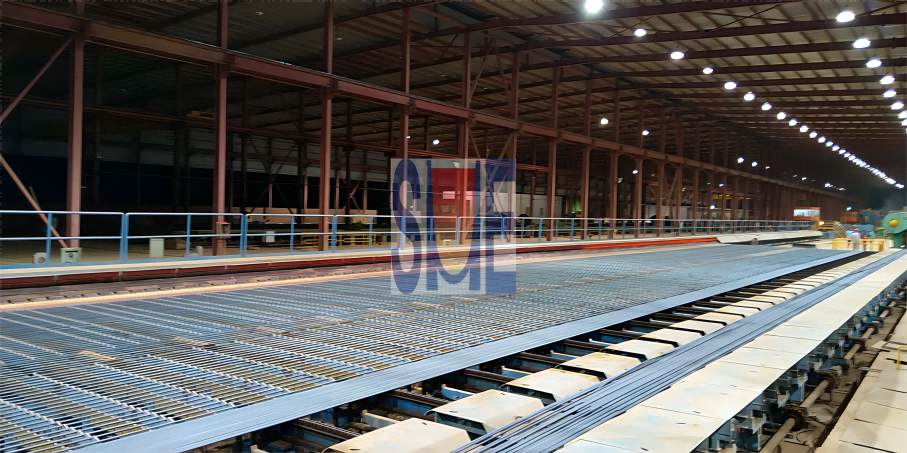Rolling is the processing of metal billets through the gap between a pair of rotating rolls (various shapes) to deform the material, mostly used to produce bars, wire rods, profiles, plates and tubes. Rolling can destroy the casting organization of the ingot, refine the grain of steel, and eliminate microstructural defects, so that the steel organization is dense and mechanical properties are improved. It eliminates bubbles, cracks and looseness formed during casting under the action of high temperature and pressure. After rolling, the non-metallic inclusions inside the steel (mainly sulfides and oxides, and silicates) are pressed into thin sheets, and the phenomenon of layering (intercalation) occurs, and uneven cooling causes residual stress.
Forging is the use of forging machinery on the metal billet pressure, so that it produces plastic deformation to obtain a certain mechanical properties, a certain shape and size forgings processing method. Forging can eliminate defects such as cast looseness produced by the metal in the smelting process, optimize the microstructure, while the mechanical properties of forgings are generally better than castings of the same material due to the preservation of the complete metal flow line.
(1) The axial and radial mechanical properties of forgings differ less than those of rolled parts, and the isotropy of forgings is much higher than that of rolling parts, so that the life of forgings is higher than that of rolling parts.
(2) The degree of deformation of forgings is much greater than the degree of deformation of rolled parts, some key pieces, workpieces subjected to large loads or impact, complex shapes or very strict requirements of the workpiece, must be processed using forging technology.
(3) The cost of forging is much higher than the cost of rolling.
